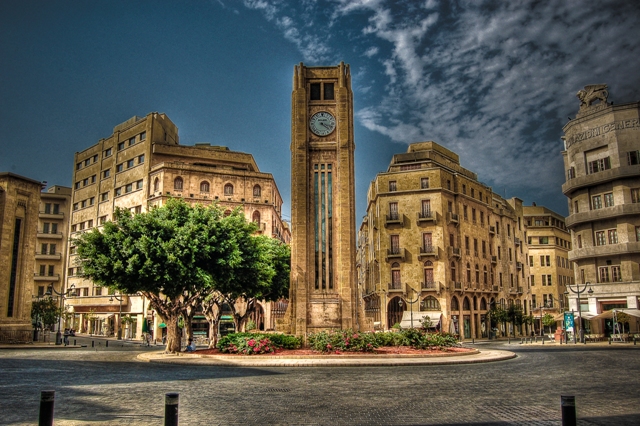


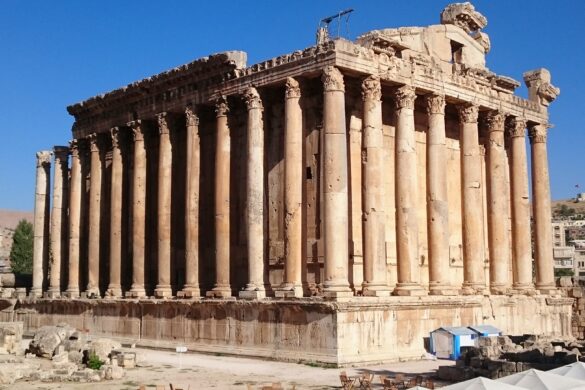
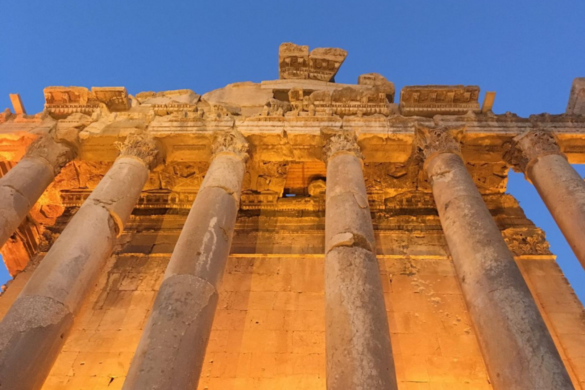
Baalbek, also known as Heliopolis in Ancient Greek, is an ancient site with gigantic temples dedicated to the god, Baal. The temple of Bacchus is one of the best-preserved Greco-Roman temples. The temple of Jupiter was the Roman Empire’s biggest temple, of which only several columns and a colossal base remains. Smaller than the others, the temple of Venus is the third attraction of the site. Together they form an extremely impressive archaeological ensemble which would make the cities of Athens and Rome blush!
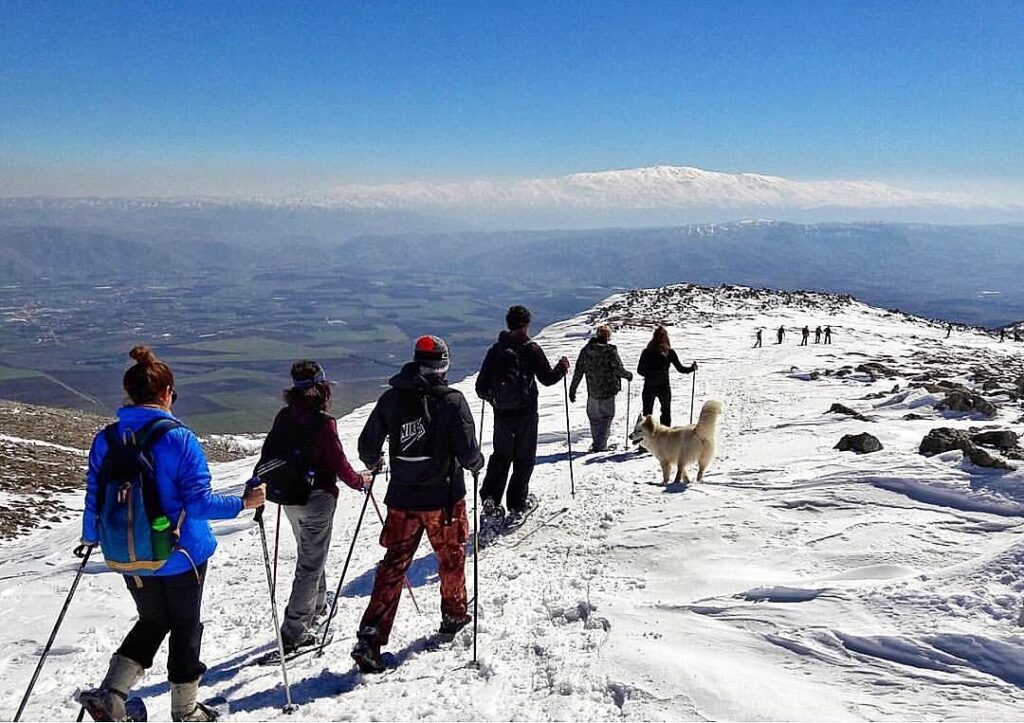
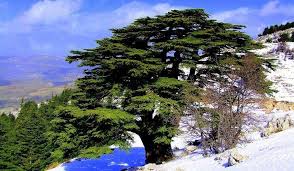
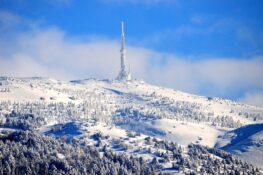
The famous cedars of Lebanon in the Chouf, on Mount Barouk. As the national emblem of Lebanon, the cedars are protected today. They once covered a greater part of Lebanese territory. The wood of this tree is reputed to be resistant and rot-proof. It was used by Phoenicians to build their boats. Later, the king Solomon used it to build his temple in Jerusalem.
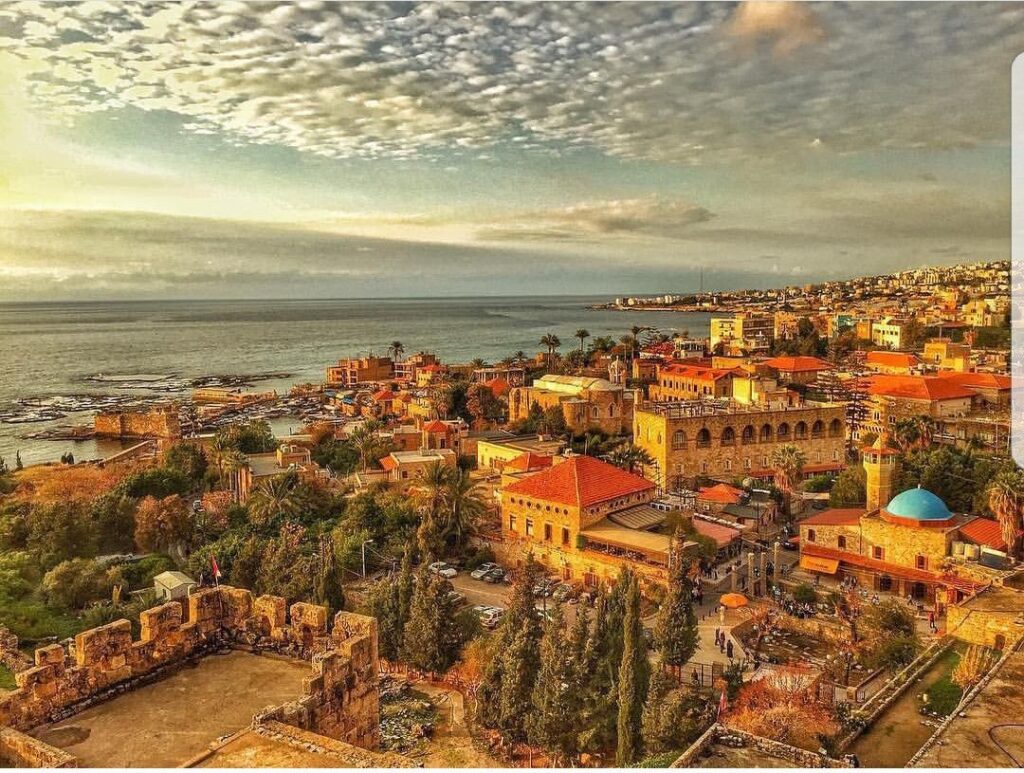
Byblos is the birthplace of the Phoenicians, and was the 2nd most ancient city in the world after Damas. Traces indicate that Byblos, which was once called Gebal, has been occupied since 8000 BC, in the Neolithic period! The first alphabet, created by the Phoenicians, was devised in Byblos. The Phoenicians exported papyrus from Egypt to Greece, the Greeks decided to name the city Byblos (which means papyrus in Greek)
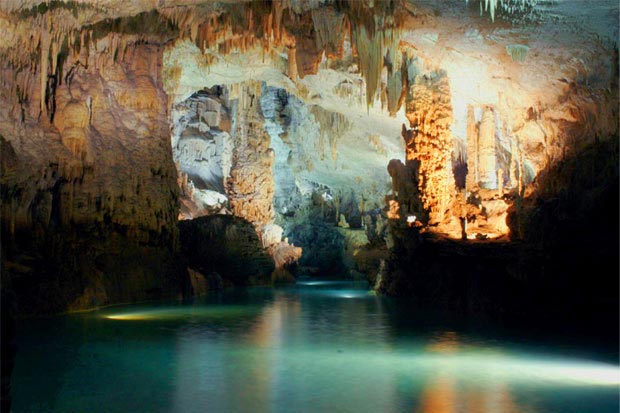
The Jeita Grotto is an enormous system of caves with a multitude of stalactites and stalagmites, including the biggest known stalactite in the world. It’s a national Lebanese symbol, and made it to the 14 finalists in the competition of the 7 new wonders of the world

If you’re looking for the real East-meets-West so talked about in the Middle East, you need look no further than Beirut. Fast-paced, fashion-conscious and overwhelmingly friendly, its energy, soul, diversity and intoxicating atmosphere make it a vital, addictive city. A couple of excellent museums are the key sights, but exploring the character of the different districts, strolling the waterfront and diving into the city’s wonderful restaurant and nightlife scene are major attractions. As Lebanon is so small, and day trips easy, some travellers base themselves here for their entire visit.
Lebanese culture is one of the most diverse cultures in the Arab region. The country has a rich culture which is mainly borrowed from different groups of people who lived in the region in the past. Some of the influencers of Lebanese culture are Phoenicians, Assyrians, Romans, Ottoman Turks, Greeks, Persians, Arabs, and the French. These people influenced Lebanese art, literature, music, cuisine, religion, and architecture. The diverse attributes are seen in everyday living in Lebanon. Lebanese people are the most religiously diverse people in the Middle Eastern region. More than half of the people practice Islam while 40 percent of the residents practice Christianity. The remaining minority groups practice Buddhism, Hinduism, Mormonism, and Judaism. The country allows religious freedom among its citizens, and it has registered 18 different religious groups. Lebanese traditional stories have close links to other western stories such as the Greek hero Adonis. It is not uncommon to hear people quote proverbs in Lebanon. There is an age-old tradition of warm hospitality that exists in Lebanese culture. Lebanese hosts will never believe you don’t have just a bit more room for something utterly delicious that’s been prepared with love. In a Lebanese household, food is life and sharing it is one of the great joys of being alive. Even for simple dinners at home, there are a variety of dishes on the table, the meal starting with small portions known as mezza, which centre around dips and salads. They may be as simple as simple as pickled or raw vegetables, hummus and bread or an entire meal consisting also of meat kebabs, grilled, marinated seafood, salads and desserts. As well as having great variety, Lebanese food is one of the freshest and most delicious on the planet. Lamb is the meat of choice and appears in many dishes, including kafta, in which minced lamb is rolled into sausage shapes and cooked on the barbecue or in the oven. Poultry is more popular than red meat, but lamb and goat are popular. Generous amounts of olive oil, garlic, lemons are also essential flavours in the Lebanese diet. Lebanese desserts are pure artwork, as a visit to one of the palaces of Lebanese sweets will attest – there are many variations of filo pastry, combined with nuts and syrup; there are creamy sweets filled with a clotted cream called ashta; plus melting shortbread sometimes filled with a date paste or nuts; and much more. Sweets are generally served separately to a meal with black coffee or tea.
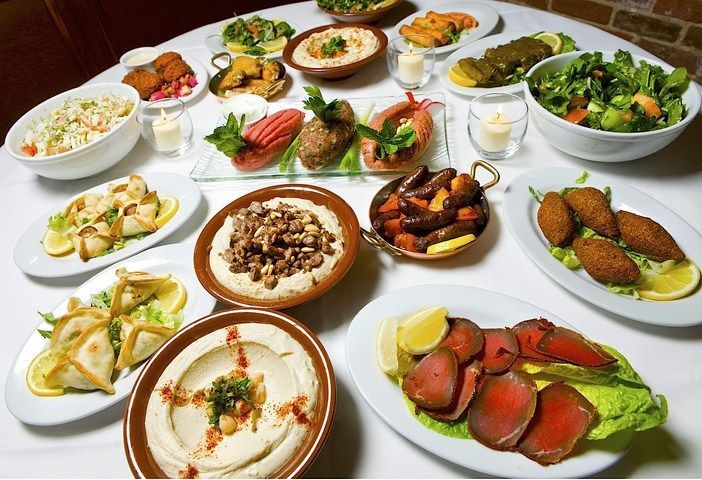
Lebanon CR